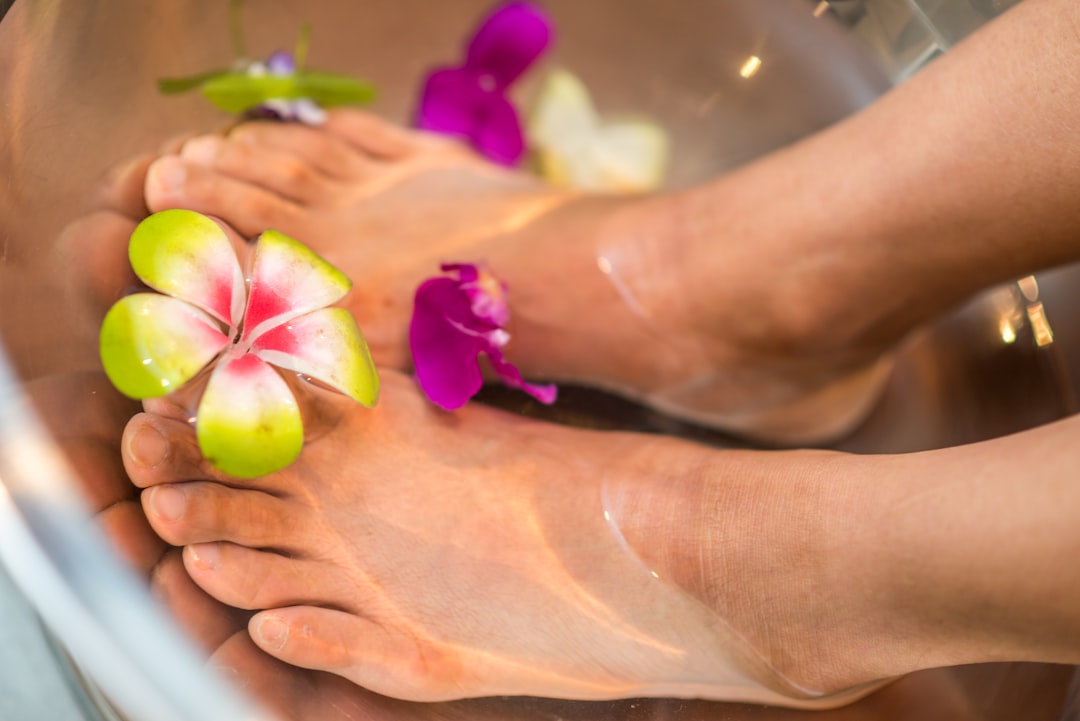

Cost comparison of waxing, shaving, and depilatory creams
However, if you make mistakes during the DIY process, you may end up spending more money to fix any mishaps.
Despite its benefits, waxing also has drawbacks such as ingrown hairs and minor bleeding.
Male chest before and after waxing.
The modern practice of waxing has evolved over time, with different techniques and types of wax available. Strip waxing, which uses a thin layer of wax applied to the skin and removed with a cloth or paper strip, is one common method. Another method is stripless waxing, where hard or film wax is applied directly to the skin and removed without the use of strips.
Waxing can be done on various parts of the body, including eyebrows, face, legs, arms, and intimate areas. It offers long-lasting results compared to shaving or depilatory creams because it removes hair from the root. However, some people may experience pain during waxing, especially in sensitive areas.
Waxing is a popular method of hair removal, but it's important to avoid sun exposure before and after your waxing appointment to prevent skin damage and irritation. One way to protect your skin is by using sunscreen with a high SPF before going out in the sun. Additionally, wearing protective clothing like hats or long sleeves can help shield your skin from harmful UV rays. By taking these precautions, you can ensure that your skin stays healthy and smooth after your waxing session!
Find sources: "Waxing" news · newspapers · books · scholar · JSTOR ( April 2017 ) ( Learn how and when to remove this message )
Your hair should be at least 1/4 inch long for optimal results with waxing. bead wax kit Avoid shaving in between sessions to allow the hair to grow evenly.
4. Are there any specific areas that should only be waxed by professionals?
Waxing can be done on various parts of the body, including eyebrows, face, legs, arms, and intimate areas. It offers long-lasting results compared to shaving or depilatory creams because it removes hair from the root. However, some people may experience pain during waxing, especially in sensitive areas.
Tips for Minimizing Pain During a Waxing Session
Types
Despite its benefits, waxing also has drawbacks such as ingrown hairs and minor bleeding. Additionally, individuals with certain medical conditions or taking specific medications may be at higher risk for skin irritation or complications during waxing.
When selecting a wax for sensitive skin, (it is) important to consider several factors. Firstly, opt for a wax that is specifically formulated for sensitive skin types (as it can be) gentler on the skin and less likely to cause irritation or redness. Secondly, choose a wax that contains soothing ingredients such as chamomile or aloe vera to help calm the skin during and after the waxing process. Additionally, (make sure) to test the wax on a small patch of skin before applying it to larger areas to ensure there are no adverse reactions. By taking these factors into account, you can help minimize discomfort and achieve smooth, hair-free skin without any unnecessary irritation!

1. What is the main difference between hard and soft waxes?
While everyone's pain tolerance varies, some discomfort is normal during a bikini wax. However, many find that the more they wax, the less painful it becomes over time.
Hard wax is typically recommended for sensitive areas because it adheres mainly to the hair and not the skin, making it less painful to remove.
Explaining sensitive skin and how it can react to waxing
Exfoliation of dead skin cells
Exfoliation is crucial before and after waxing to ensure smooth and flawless results. Here are some tips on selecting the right exfoliation products for your skin type:
peel off wax